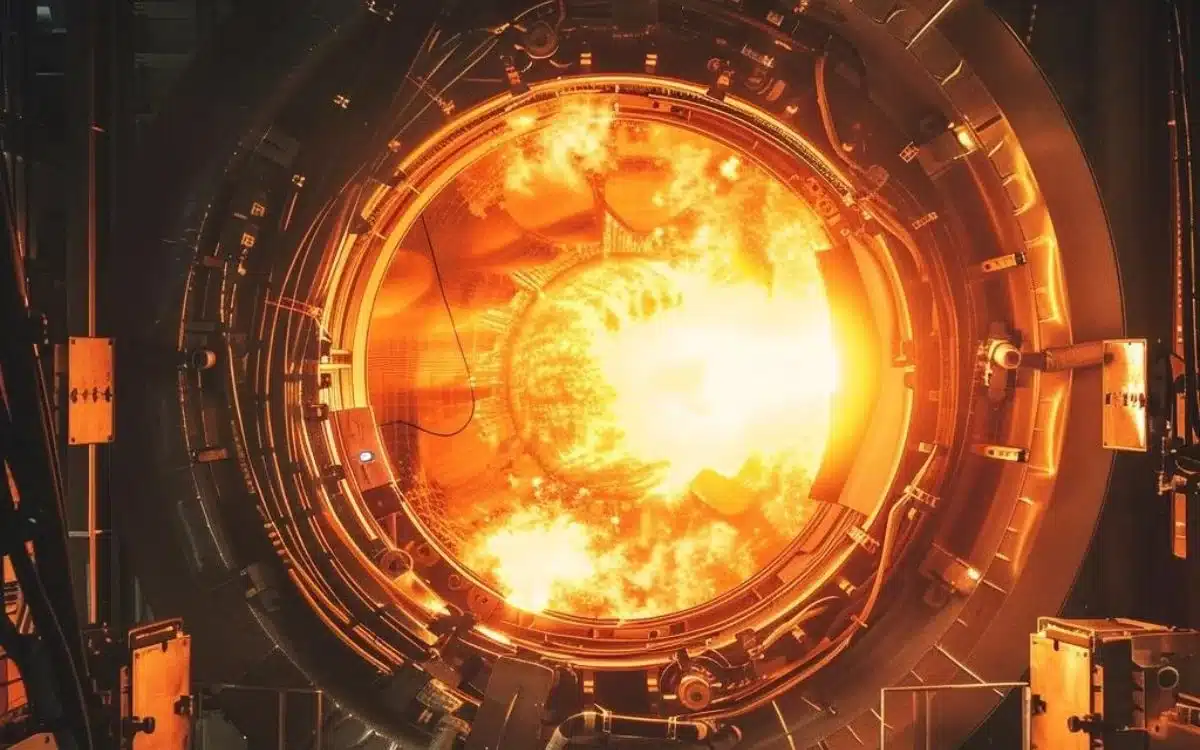‘Artificial sun’ sets record after achieving temperature seven times hotter than sun’s core
- An artificial sun has hit temperatures seven times hotter than the sun’s core
- It did it using nuclear fusion inside a reactor
- Researchers were able to sustain a temperature of 100 million degrees Celsius.
Published on Apr 04, 2024 at 11:38 AM (UTC+4)
by Amelia Jean Hershman-Jones
Last updated on Apr 04, 2024 at 2:13 PM (UTC+4)
Edited by
Kate Bain
A nuclear fusion reactor has acted as an artificial sun – and then some – as it created temperatures seven times hotter than the sun’s core.
The experiment was conducted by scientists in South Korea, from the KSTAR Research Center at the Korean Institute of Fusion Energy.
And it proved a new world record as the team of researchers were able to sustain a temperature of 100 million degrees Celsius.
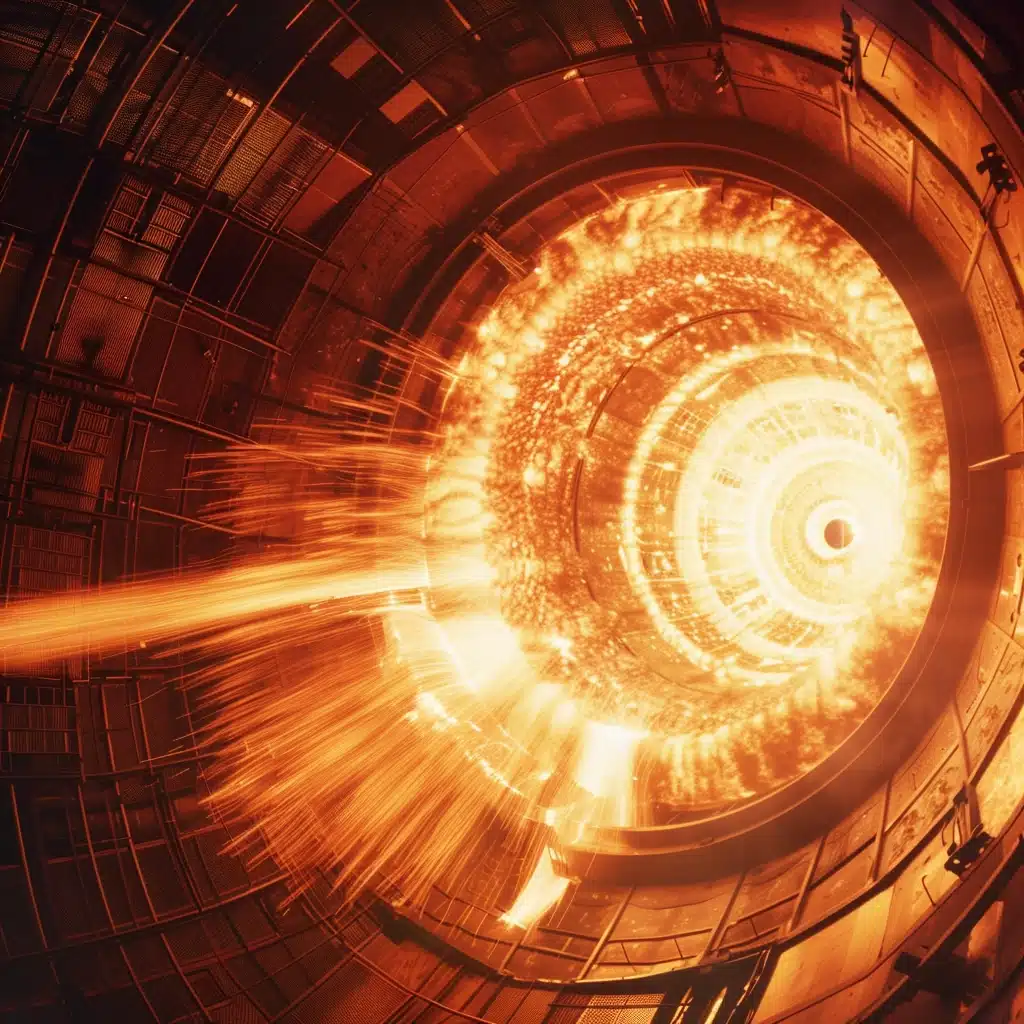
READ MORE! Supercar Blondie launches SBX Cars: the first global auction platform for luxury vehicles
The artificial sun works via nuclear fusion and the tests conducted between December 2023 and February 2024 have eclipsed the previous 2021 record.
The breakthrough is thought to be a huge leap towards new energy technologies.
And nuclear energy is having a moment, with news of this supersonic nuclear-powered plane that would fly from London to New York in 80 minutes.
In case you’re wondering, nuclear fusion is a naturally occurring phenomenon that is essential for making celestial bodies like suns and stars, shine.
It happens when two atoms fuse together, releasing energy – and scientists have been able to replicate it.
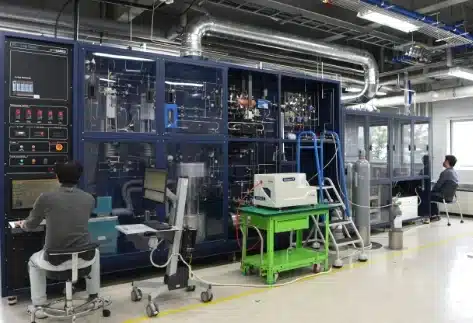
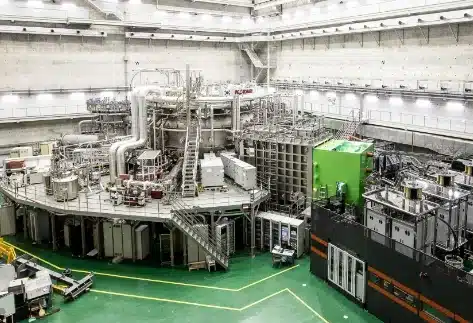

It’s thought to be a limitless source of ‘clean’ and non-polluting energy.
The team believes that heating hydrogen is vital for the future of the technology.
It creates plasma, enabling reactions to occur for longer.
China has also been attempting to develop similar technologies.
“[This] has not been easy to demonstrate due to the unstable nature of the high-temperature plasma,” Si-Woo Yoon, director of the KSTAR Research Center at the Korean Institute of Fusion Energy (KFE), said to CNN.
He believes the research will be ‘of great help to advance the commercialization of fusion energy’.
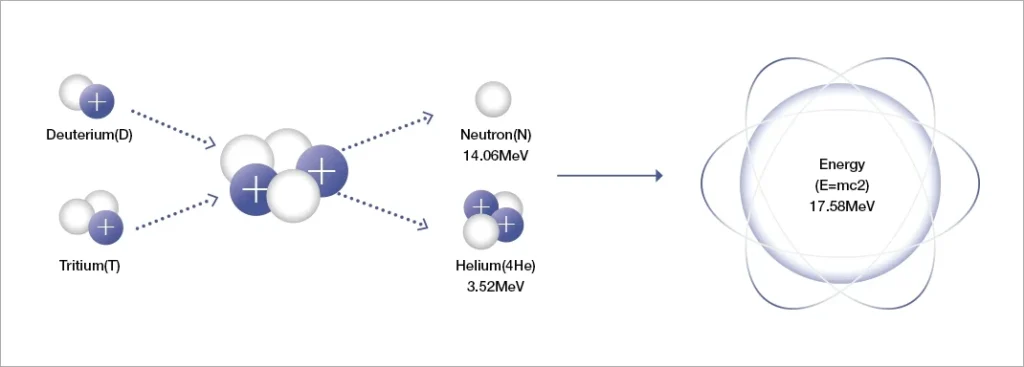
However, Si-Woo Yoon and his team at KFE were finally able to get the nuclear-fusion research device to the record-breaking heat levels they’d been aiming for.
The plasma produced by the artificial sun held a temperature of 100 million degrees for 48 seconds up from 30 seconds in 2021.
It’s believed that tweaking the ‘diverter’ material from carbon to tungsten was key.

Scientists hope to achieve the 300-second mark by 2026.
This, Yoon believes, will be a ‘critical point’ for the tech’s scalability.
He hopes their work will help secure the predicted performance in the International Thermonuclear Experimental Reactor (ITER) operation by the deadline.
Further afield, Rolls-Royce is developing a nuclear reactor to power rockets and mine the Moon and Mars.
Some of the images in this article were created using AI.
DISCOVER SBX CARS: The global premium car auction platform powered by Supercar Blondie

London-based Amelia cut her journalistic teeth covering all things lifestyle, wellness and luxury in the UK capital. Fast-forward a decade and the experienced content creator and editor has put pen to paper for glossy magazines, busy newsrooms and coveted brands. When her OOO is on you can find her spending quality time with her young family, in the gym or exploring the city she loves.
